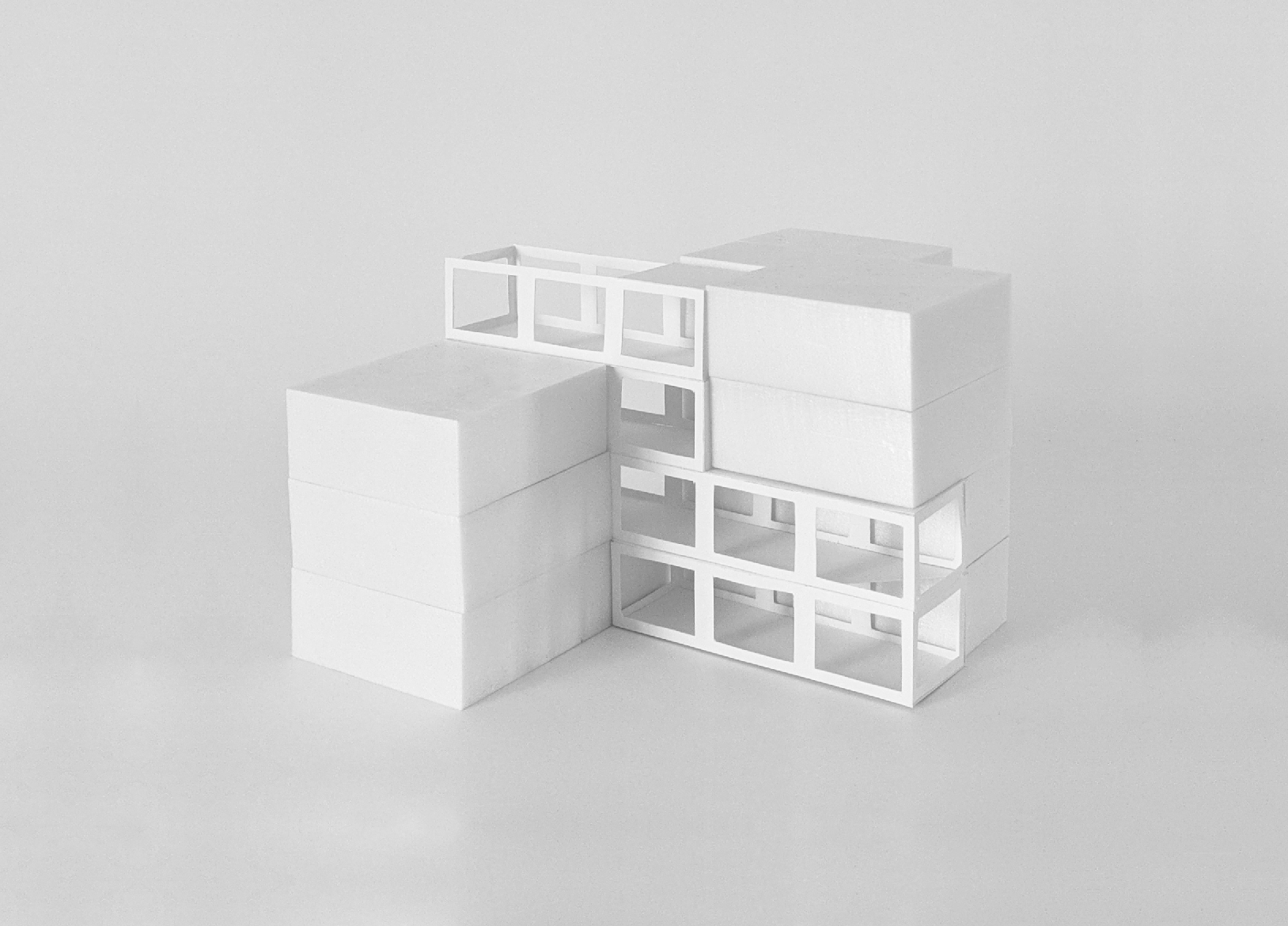Learning from Tokyo

Tokyo has rebuilt itself twice in the past hundred years (and many times before).
This is not hyperbole. The city was destroyed in a massive earthquake in 1923, and then again by bombing in the Second World War. These are obvious milestones of change in the city, but it is important to understand that as Tokyo enters a post-growth phase the city is not standing still. Populations are greying and shrinking across Japan, and Tokyo is no different, yet the mechanisms of change that make the city so very flexible are still in place. Even as its edges shrink in size the city itself is continuing to adapt its urban form, its daily routines, its interior parts and components. This is how a mega-city with 38 million people actually works.
We follow a long line of western observers visiting Japan in search of evidence for bigger ideas. It is here that Frank Lloyd Wright found his open plan, Bruno Taut found modernity in tradition, Rem Koolhaas found the future (and the past) in Metabolism and a flat attention to detail. For us the lessons are about change. Simply, we are interested in how to deal with massive change without planning for every detail. We live in a time where we need to react at the speed of culture, but instead we are only moving at the pace of government. Much too slow.
What we see in Japanese urbanism is a rigid and strict framework, designed for safety (earthquakes) and comfort (a right to light, fresh air), mixed with near indifference about how those goals are manifested in design. The result is a particular kind of chaotic city, endlessly changing over time, spatially dynamic, constantly redefining the nature of its existence. To repeat, this is how a mega-city with 38 million people actually works.
We follow a long line of western observers visiting Japan in search of evidence for bigger ideas. It is here that Frank Lloyd Wright found his open plan, Bruno Taut found modernity in tradition, Rem Koolhaas found the future (and the past) in Metabolism and a flat attention to detail. For us the lessons are about change. Simply, we are interested in how to deal with massive change without planning for every detail. We live in a time where we need to react at the speed of culture, but instead we are only moving at the pace of government. Much too slow.
What we see in Japanese urbanism is a rigid and strict framework, designed for safety (earthquakes) and comfort (a right to light, fresh air), mixed with near indifference about how those goals are manifested in design. The result is a particular kind of chaotic city, endlessly changing over time, spatially dynamic, constantly redefining the nature of its existence. To repeat, this is how a mega-city with 38 million people actually works.
For the rest of the world, Tokyo is important because it is the testing ground for managing change. Our collective future is manifestly defined by massive transformations. How can it not be? Our population is heading towards 11 billion people, and we will need to build nearly 2 billion new homes. Cultures are shifting, climate is changing, technology is transforming. And we will need to move with them.
There are ways to do this. We can pre-commit, following the Ulysses strategy, tie ourselves to a mast and limit our choices, or we can make a less strict binding, leaving room for experimentation without letting go of important constraints. This latter way is what Japanese urbanism offers. It is a source of experimentation and resilience in the face of unknown futures. City boundaries may change, populations may shrink, but the systems and processes in place leave room for new ideas, whether they fail or succeed.
We can imagine a number of Tokyo stories. Convenience stores that grow the food they sell, becoming true community centers. A lively dance studio in a residential area. Towers open to the city at every level. We can also imagine a community in Belgium designed both for today and for tomorrow. The design for MVA, a masterplan project in the Flemish town of Avelgem is next to be approached with a Tokyo mindset. Because Tokyo stories are human stories, and they do not all need to take place in Tokyo. What we are looking for is the gap between what is possible and what is actually built. And then we work to fill those gaps as the future unfolds.
Special thanks to frontofficetokyo, François Blanciak, Keio University, and Ryerson University.
Text by Will Galloway from frontoffice
Context: MVA masterplan



